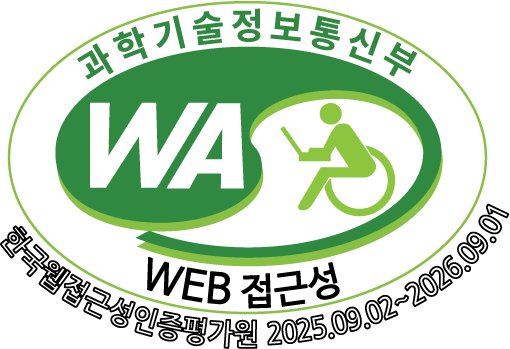인공지능(AI)이 직·간접적으로 국가 생산성을 높이고 국가의 미래 경쟁력을 결정짓는 핵심 요소로 부상하면서, 각국은 AI 기술을 미래 경쟁력의 핵심으로 인식하여 대대적인 AI R&D 투자 및 생태계 조성을 위한 정책 추진 등 기술 주도권 확보를 위한 노력을 경주하고 있다. 글로벌 AI 경쟁이 치열해지고 있는 가운데, 본 연구에서는 AI 시장 규모가 큰 미국(USPTO), 중국(CNIPA), 유럽(EPO) 등 3개 특허청에 등록된 특허정보를 수집하여 특허지표 분석을 실시하였다. 세계지식재산권기구(WIPO)의 AI 관련 특허정보 수집 방법에 따라 검색식을 작성하고 특허정보 데이터셋을 구축하였다. 이때 시간적 범위는 AI 기술 패러다임에 획기적인 변화를 가져온 AI 모델 ‘트랜스포머(Transformer)’가 등장한 2017년을 기점으로 하여, 연구시점 기준으로 온전한 통계 산출이 가능한 2023년 7월(출원일 기준)까지로 설정하였다. 국가별 AI 경쟁력을 평가하는 대표적 지수인 ‘토터스 미디어(Tortoise Media)’ 「글로벌 인공지능 지수(The Global AI Index)」의 상위 12개국(2024년 기준)을 분석 대상으로 설정하고, 국가별·연도별 등록특허의 양적 규모와 AI 기술개발 성과의 집중도, 기술적 역량, 영향력 등 질적 수준을 나타내는 특허지표별 측정 결과를 분석하였다. Executive Summary Artificial Intelligence (AI) stands as a pivotal enabler of national productivity and a decisive determinant of future competitiveness. Policymakers and industry leaders increasingly recognize the strategic importance of AI, dedicating substantial resources to research and development initiatives while enacting policies designed to nurture a thriving innovation ecosystem. This study aims to apply selected patent indicators to elucidate the state of AI technology worldwide and to evaluate the technological competitiveness of South Korea and major countries. Following the methodological framework established by the World Intellectual Property Organization (WIPO), we developed patent search queries that integrate both relevant classifications and specific keywords. The focus of this study rests on granted patents filed at the United States Patent and Trademark Office (USPTO), China National Intellectual Property Administration (CNIPA), and the European Patent Office (EPO) between January 2017 and July 2023. By examining a suite of patent indicators—covering dimensions such as quantitative scale, technology development intensity, technological capabilities, quality, and global influence—we provide a comparative evaluation of AI technological competitiveness across nations. This assessment includes 12 leading countries identified by the 2024 Global AI Index published by Tortoise Media, offering deeper insights into the varied trajectories of AI development and global competitiveness.



